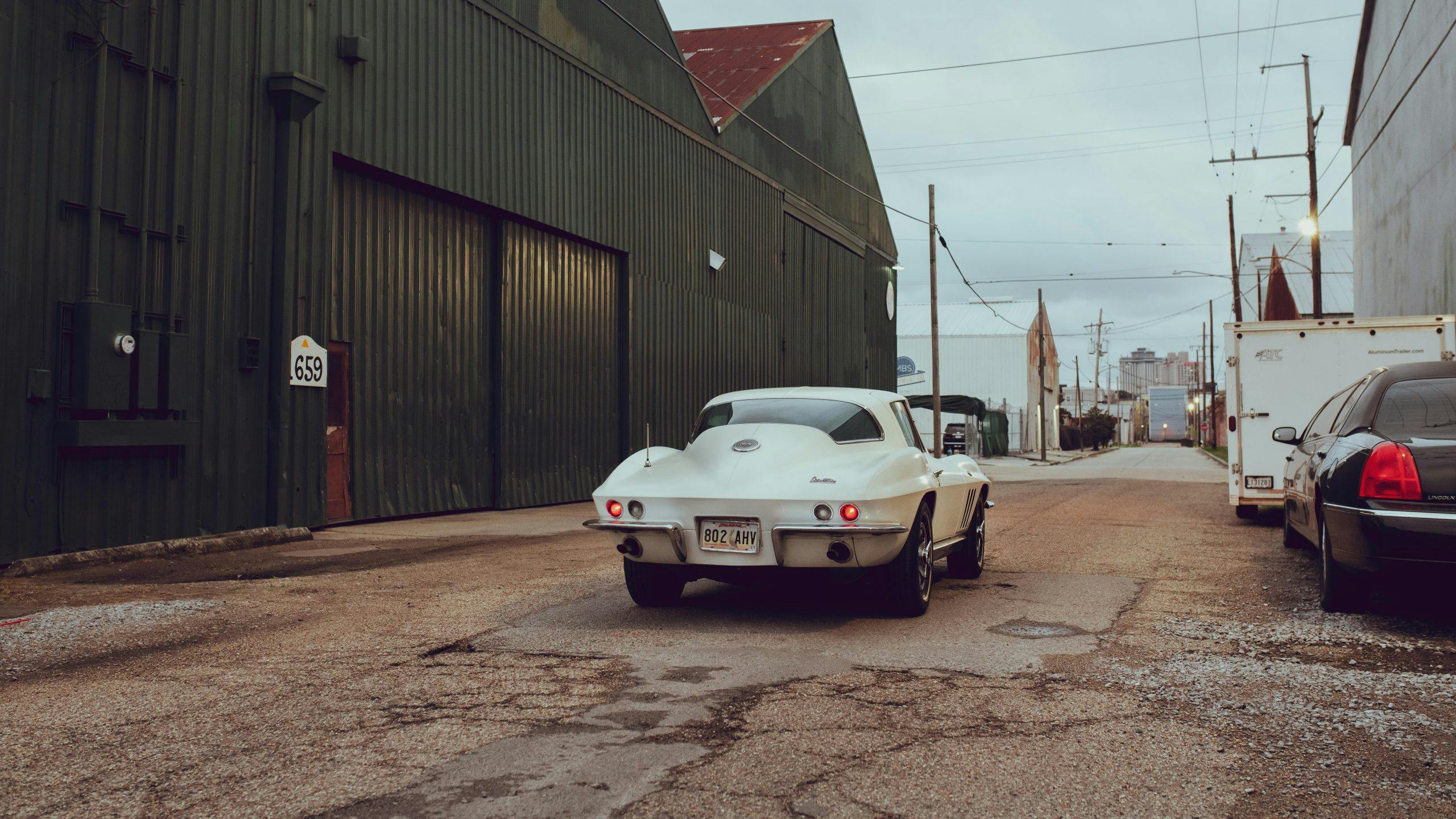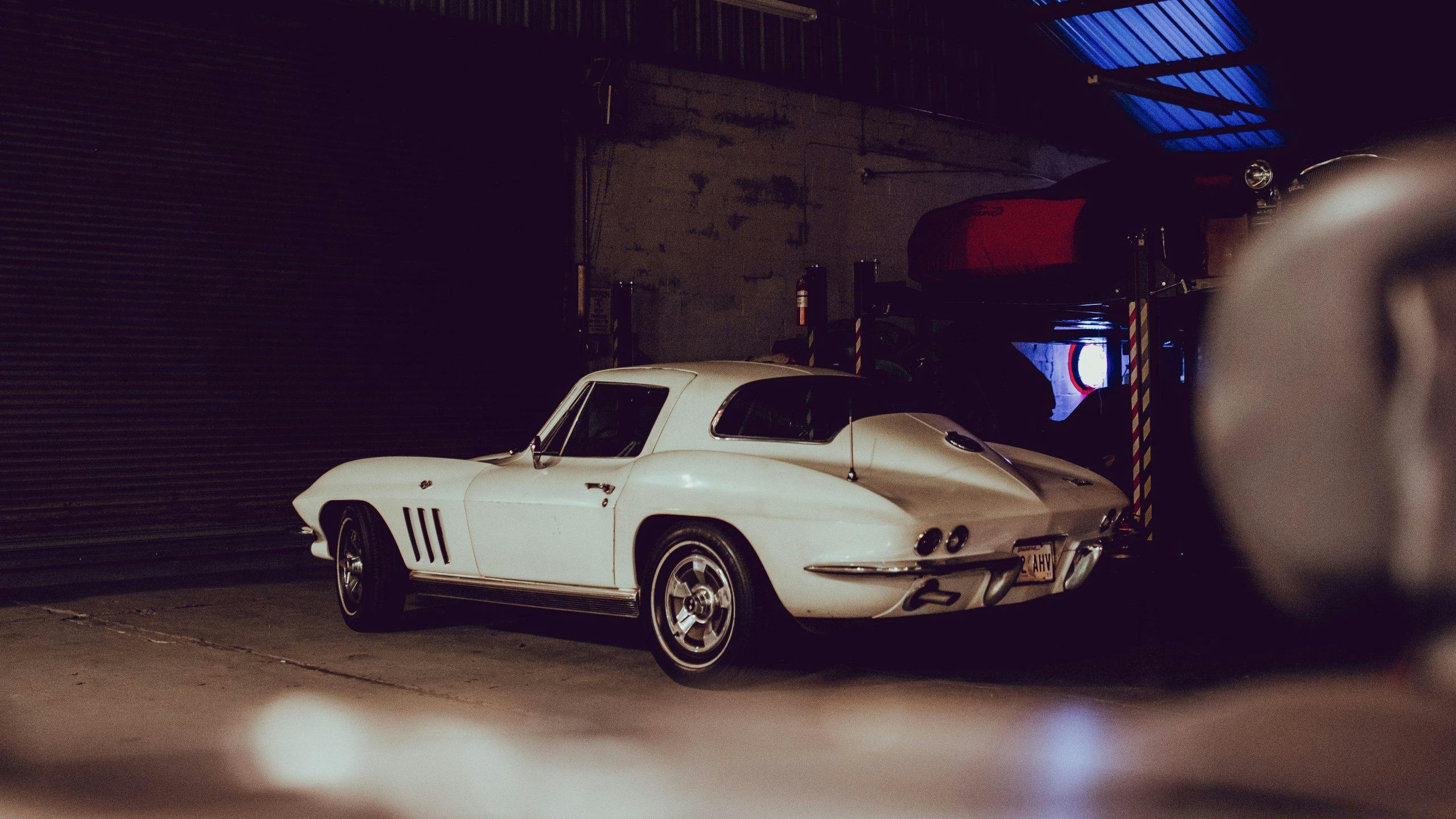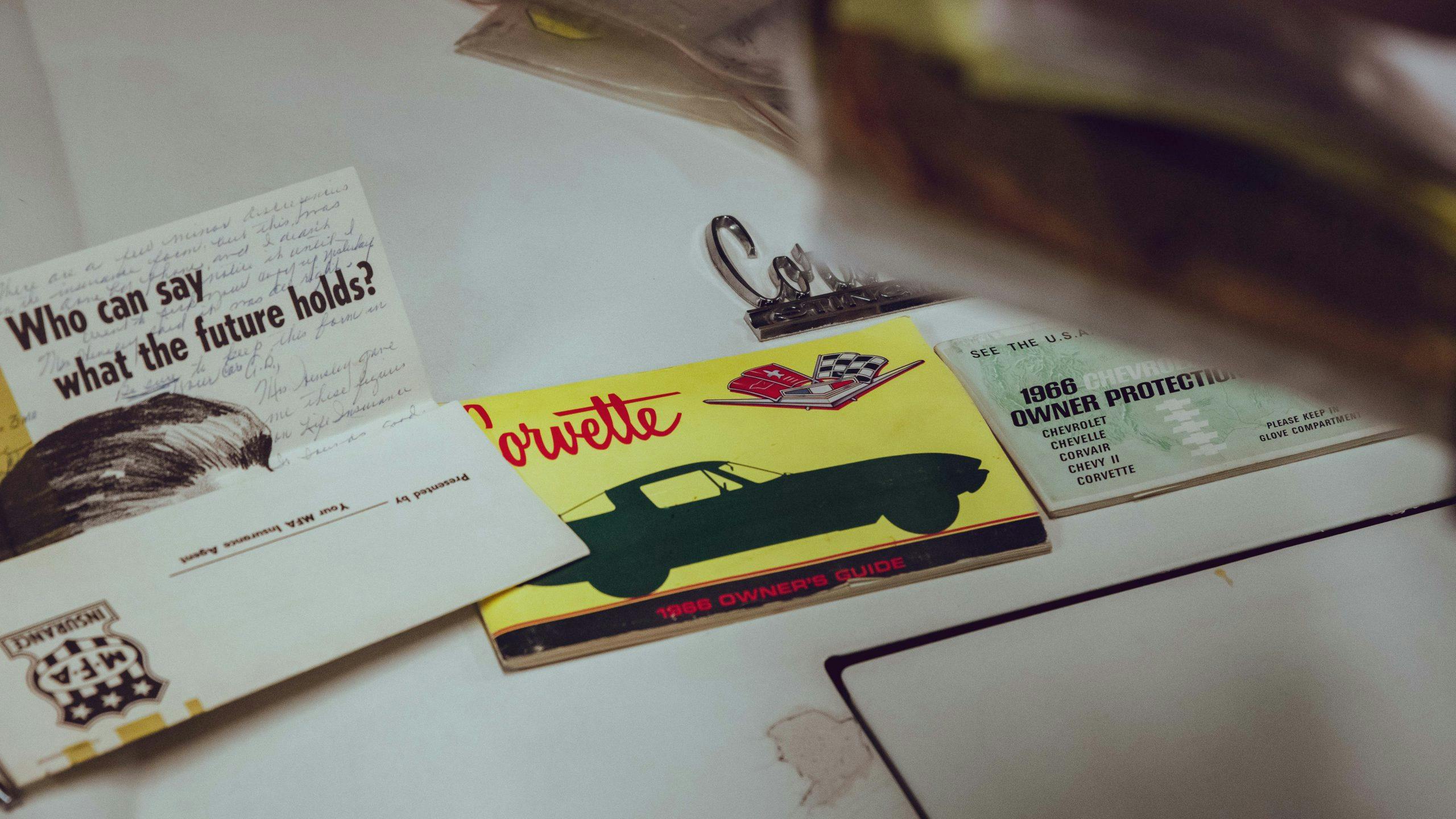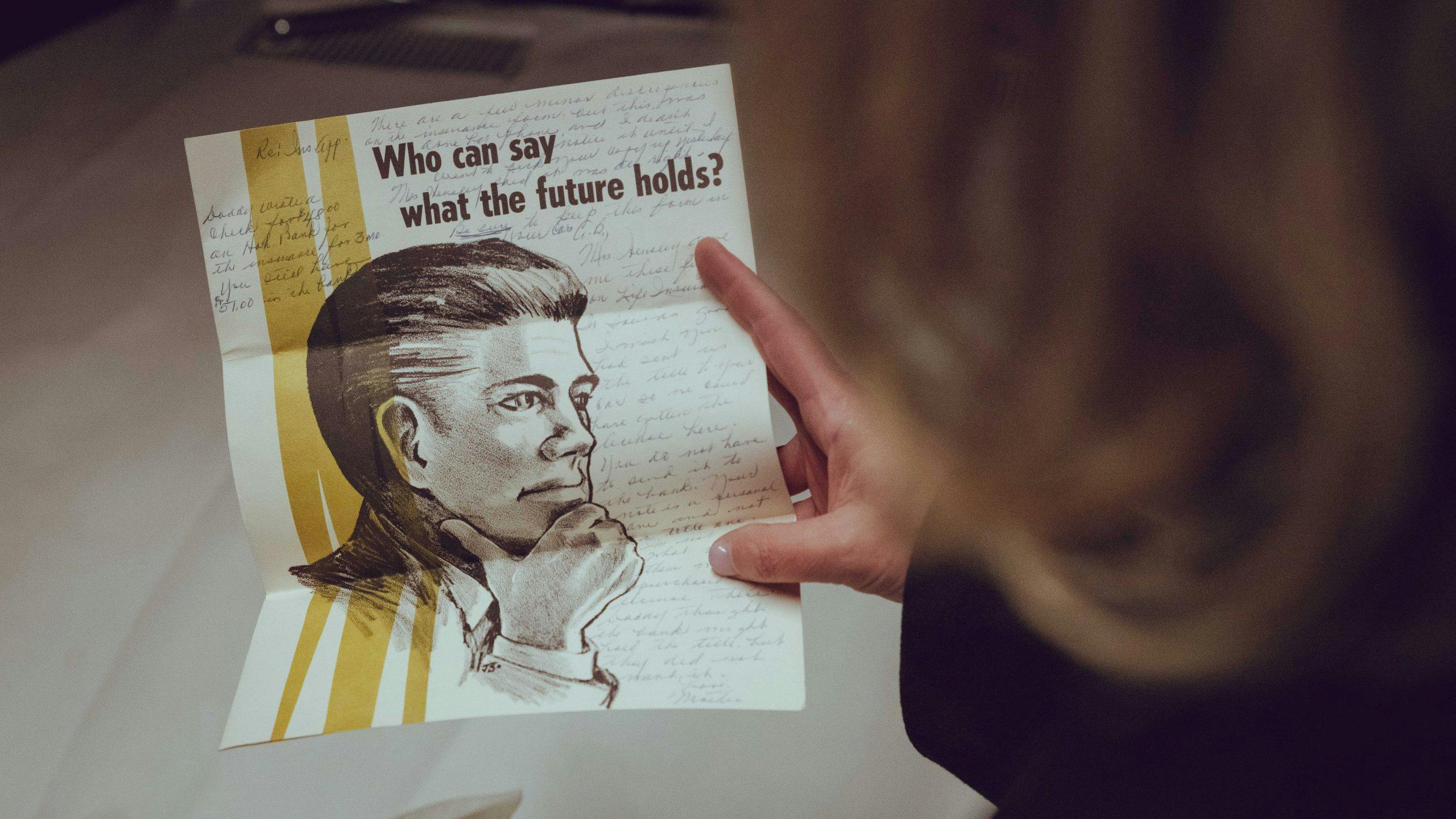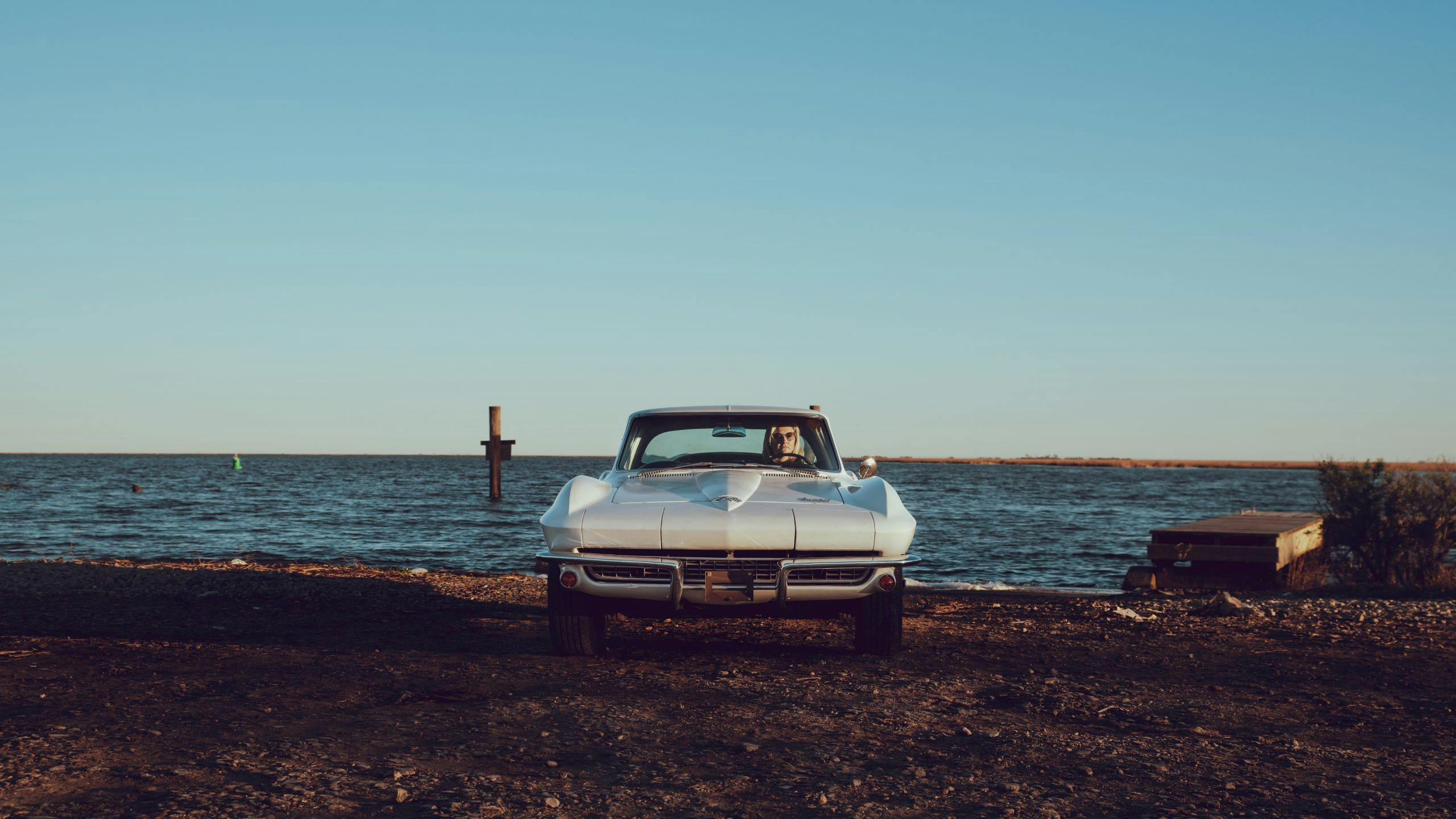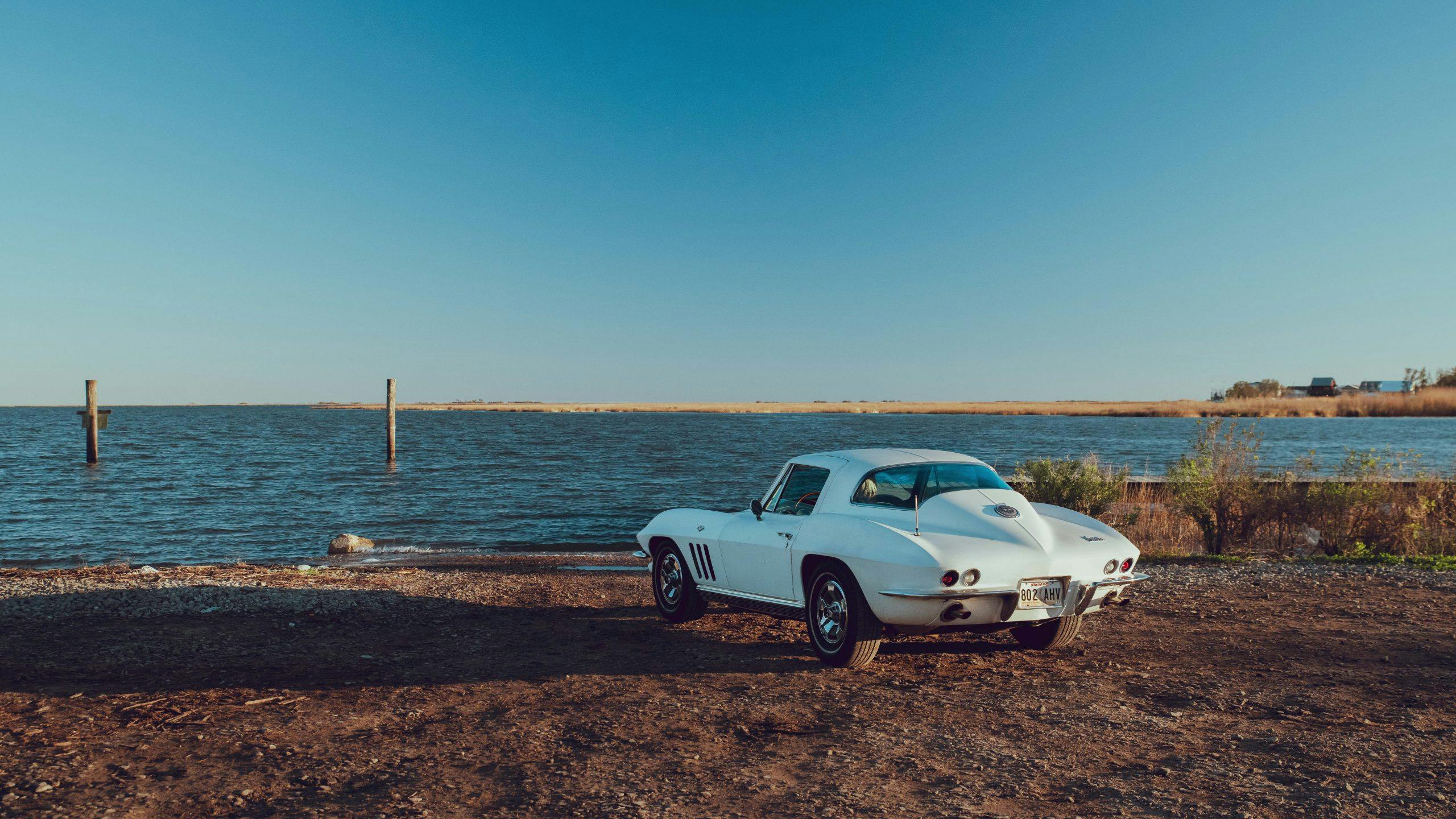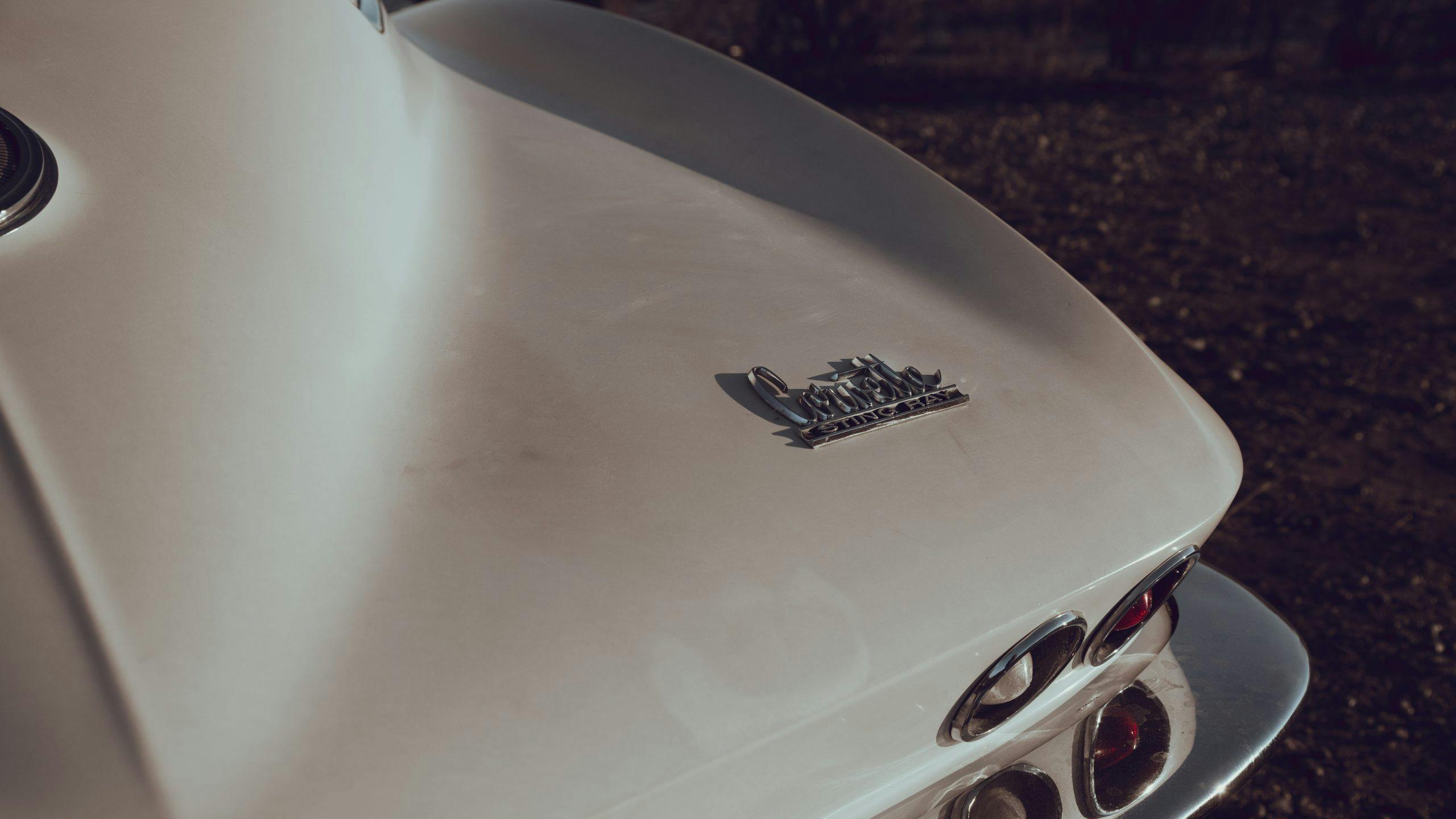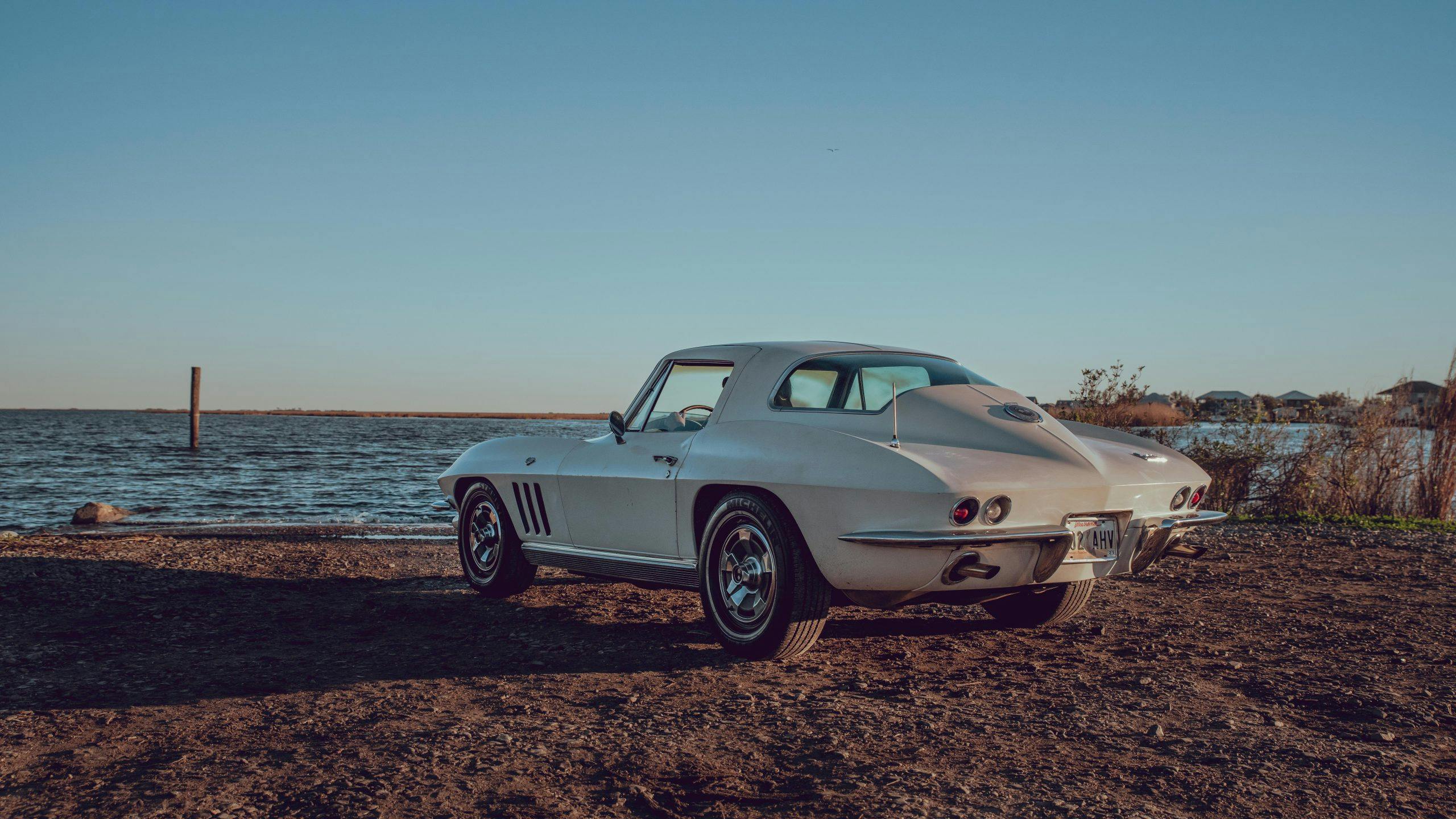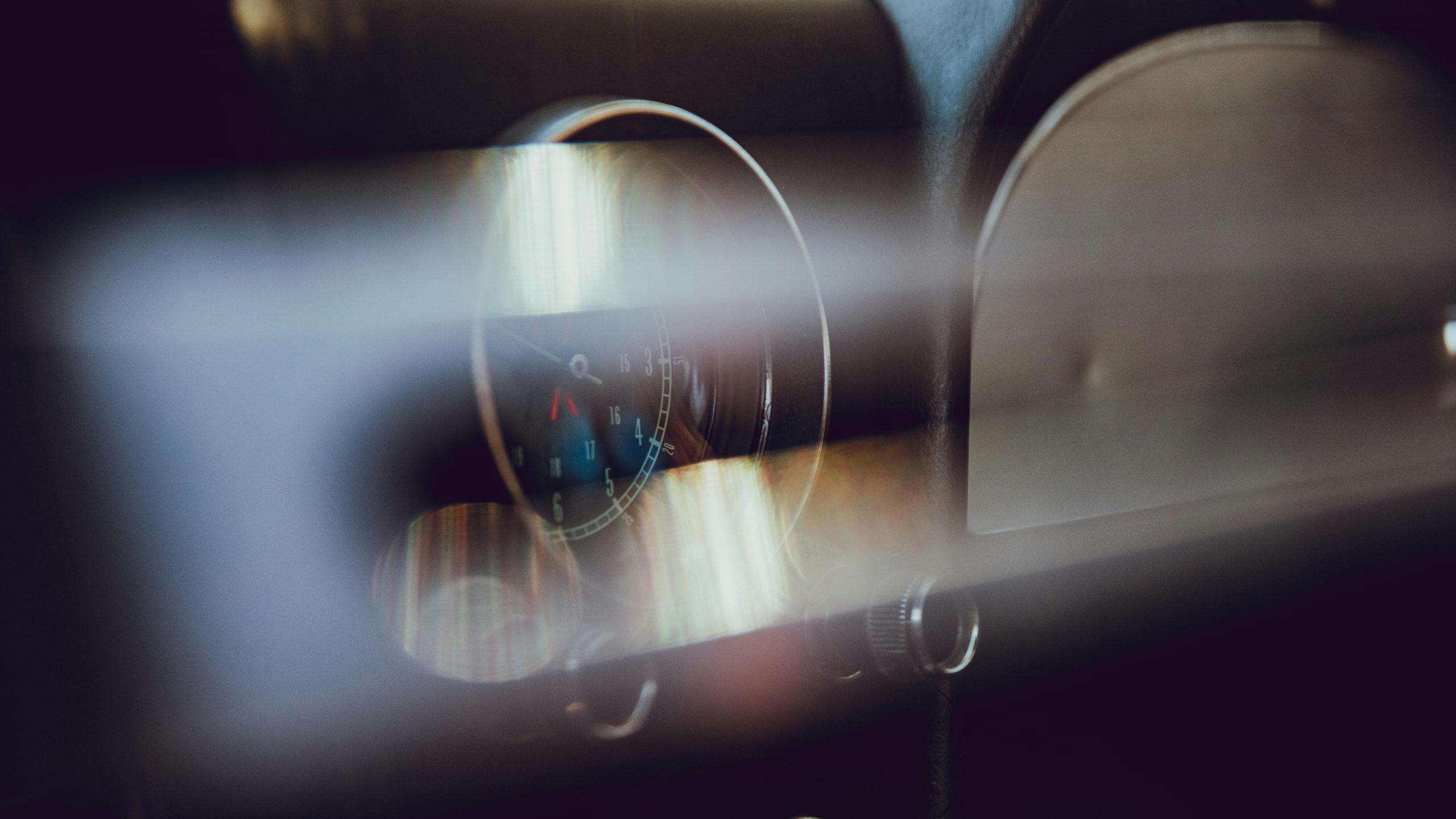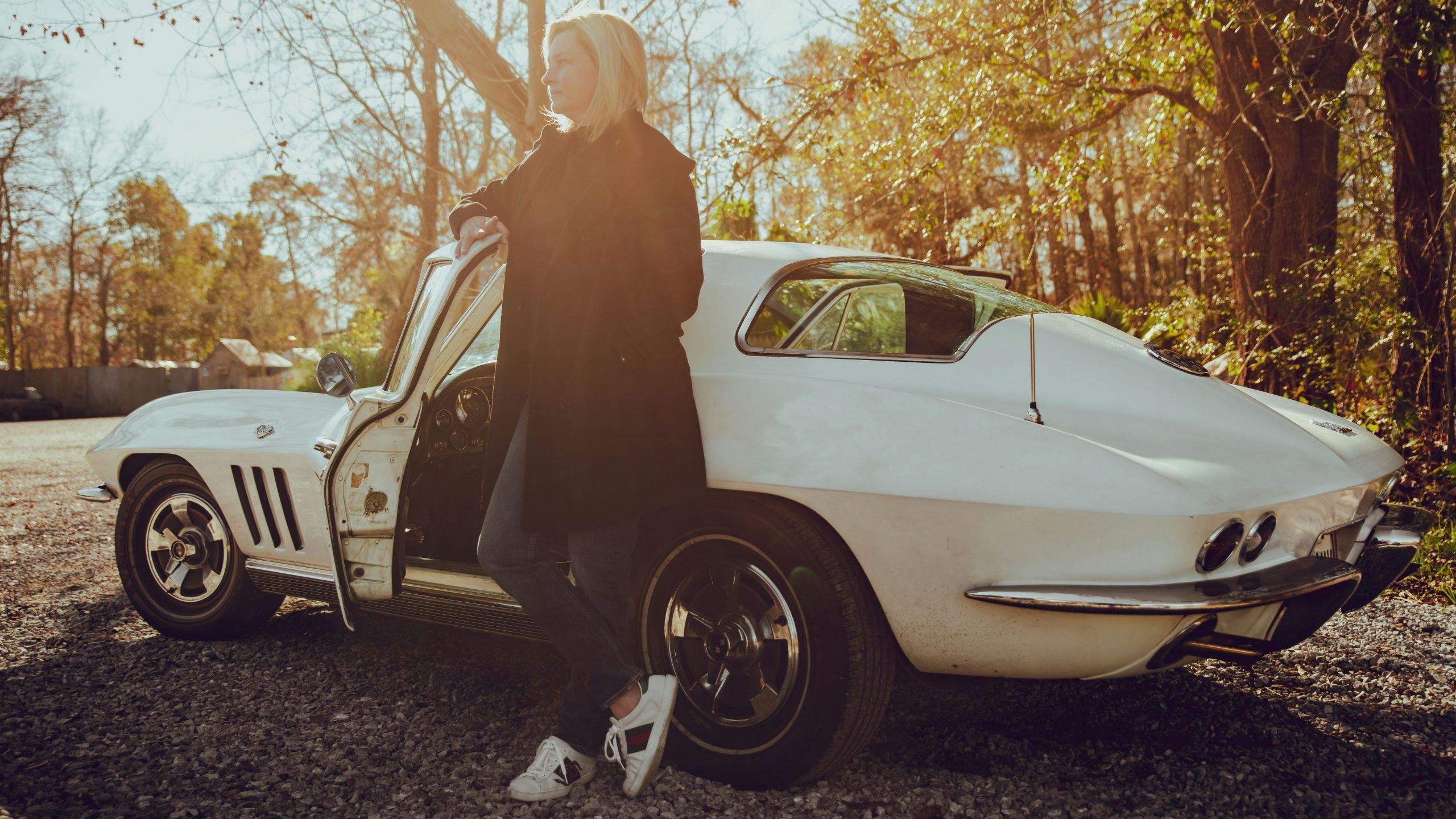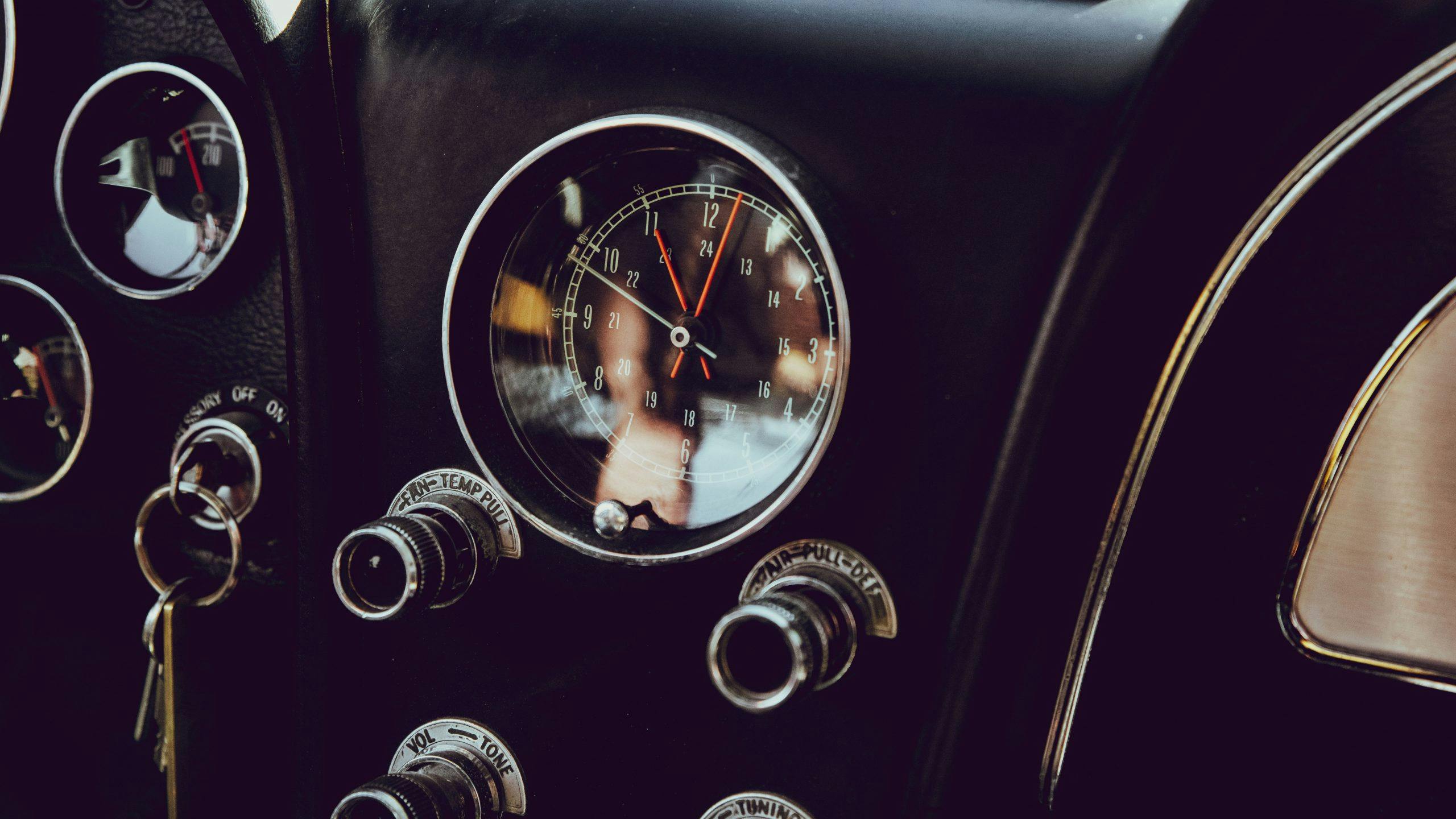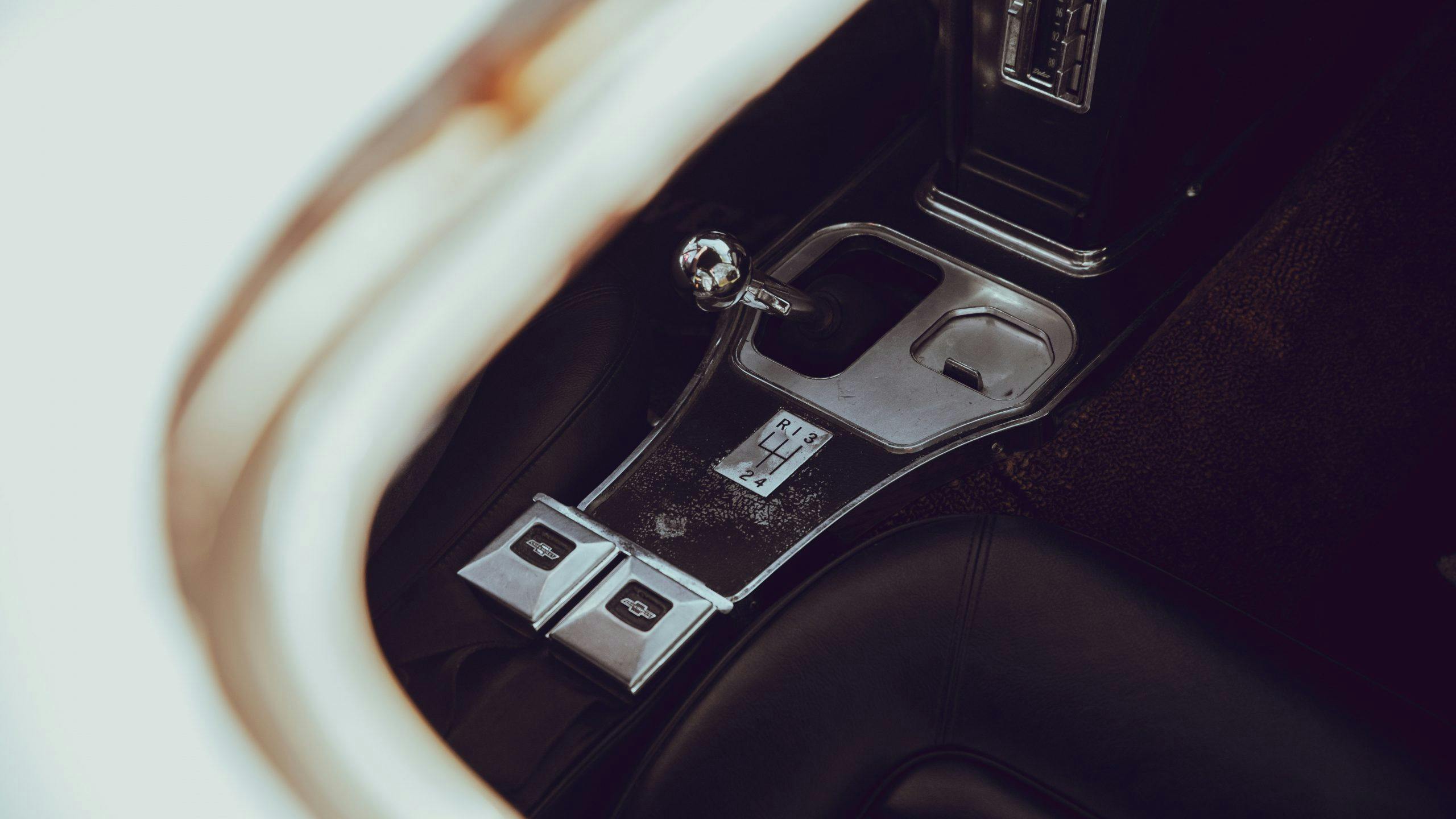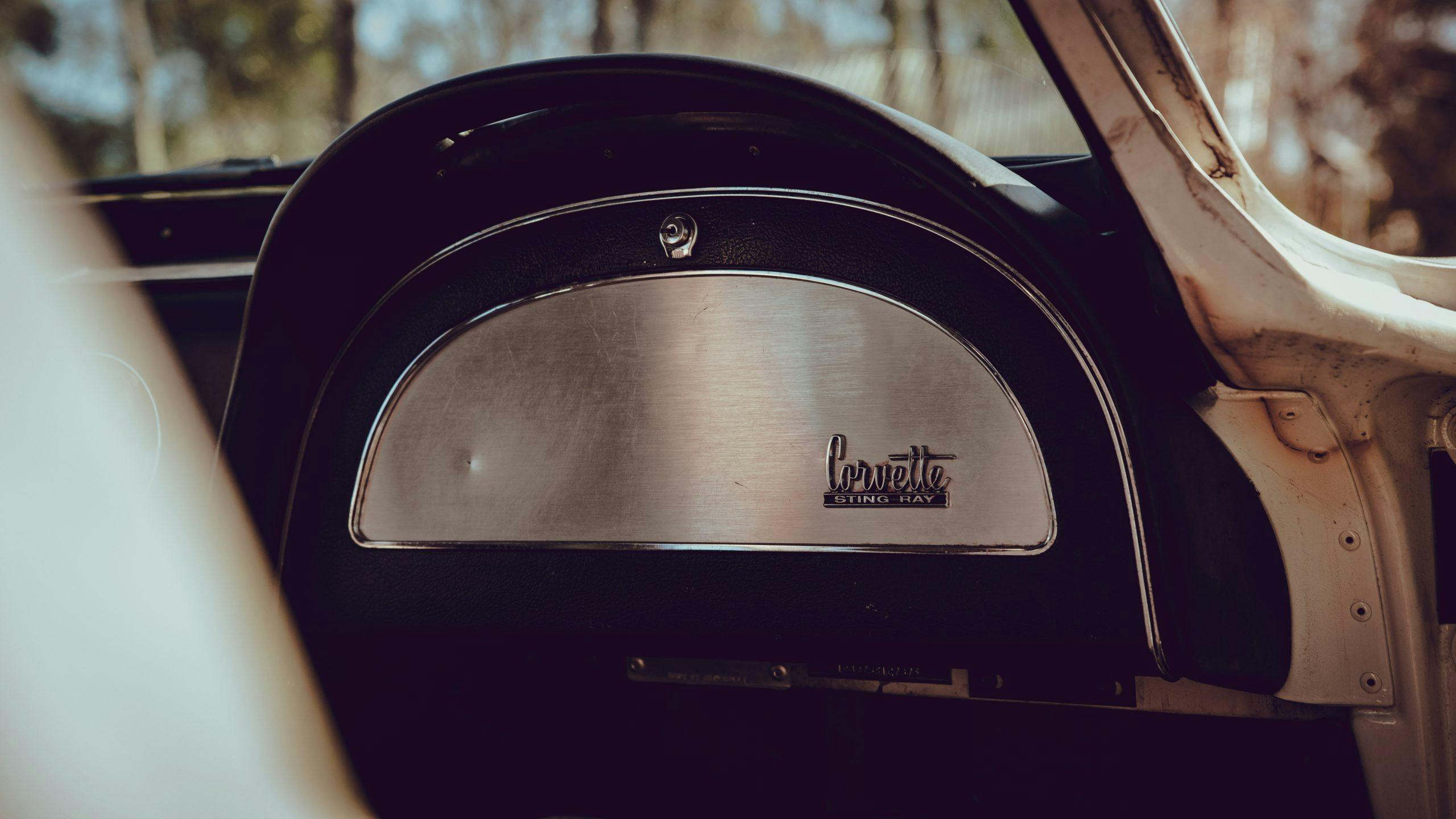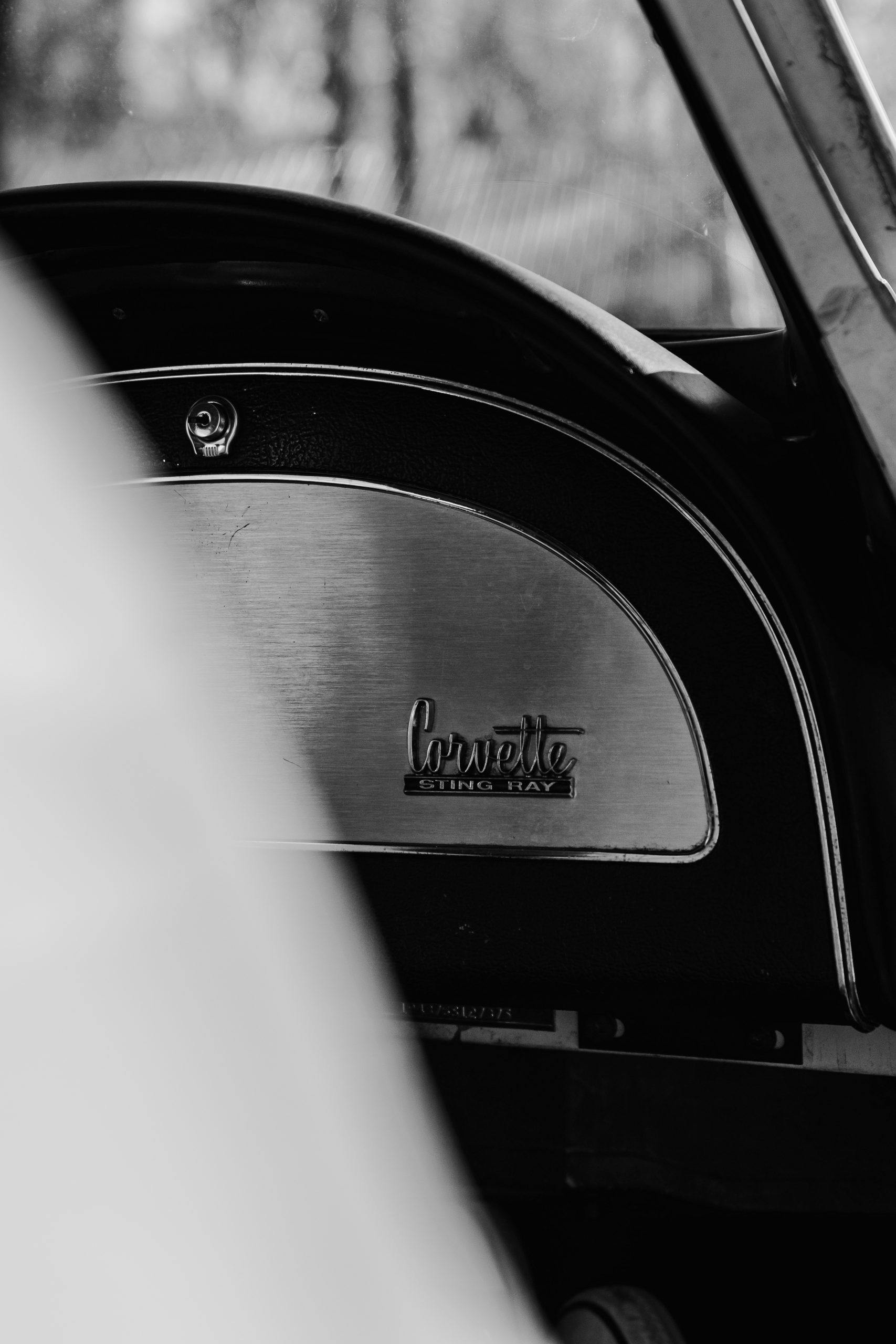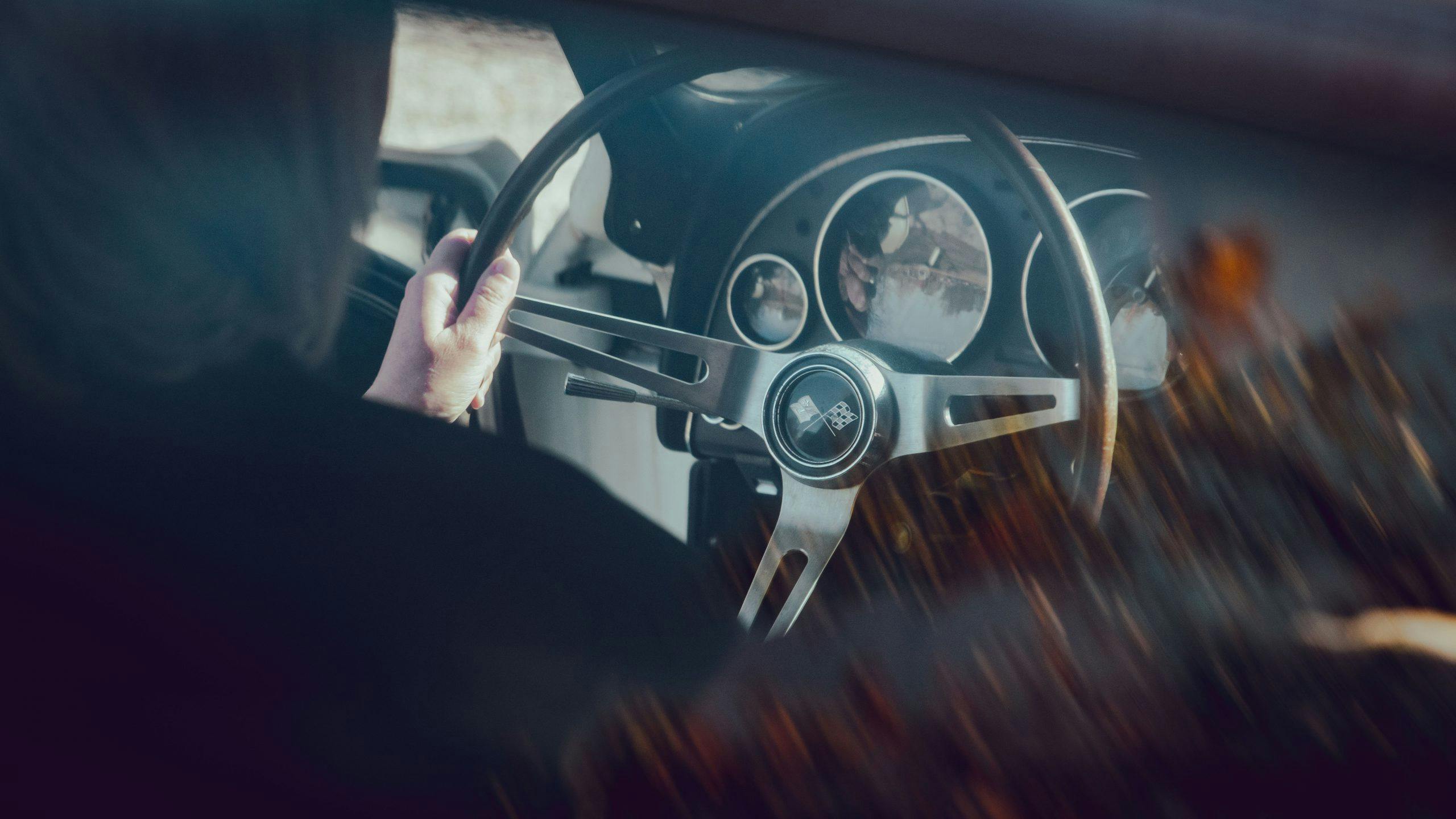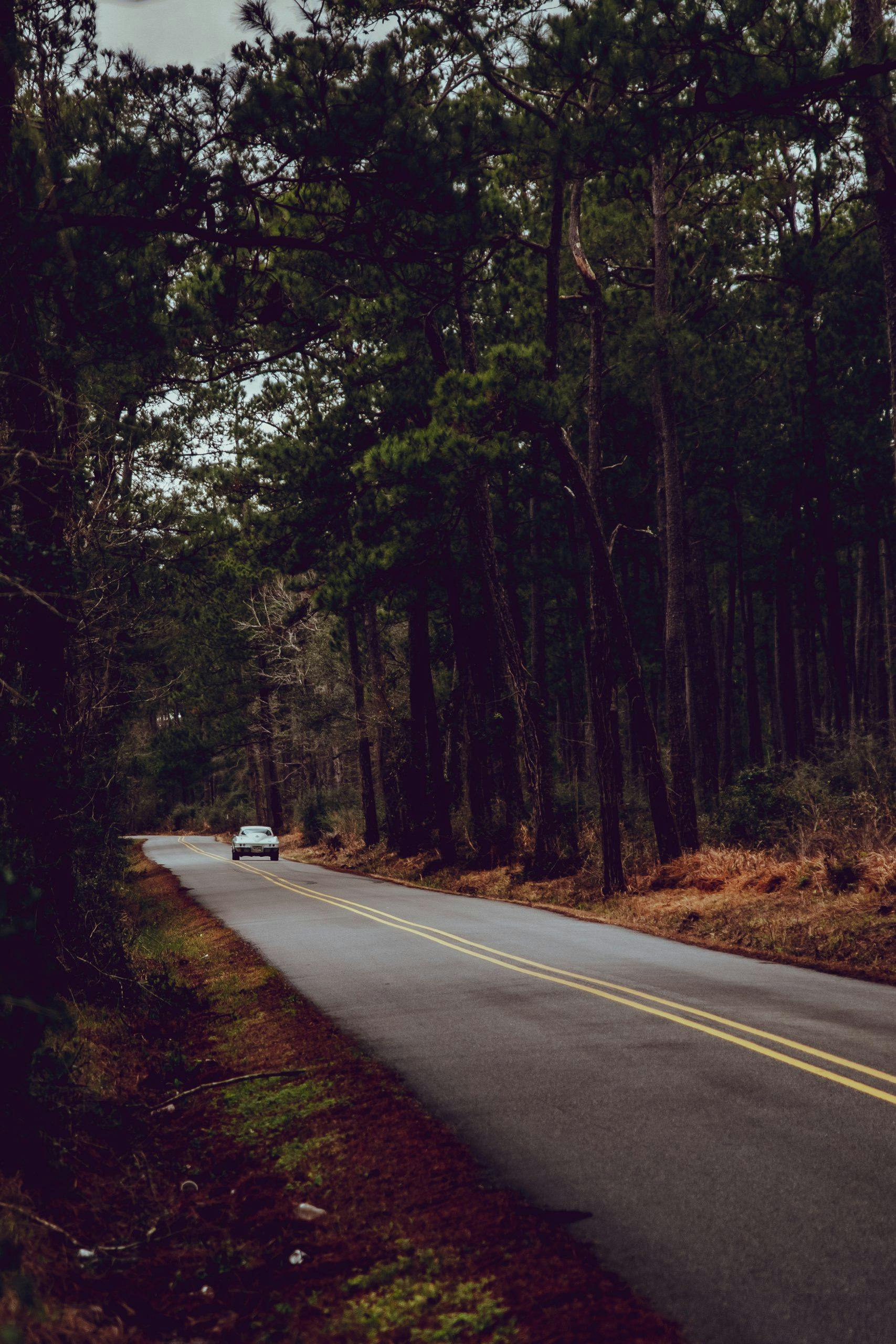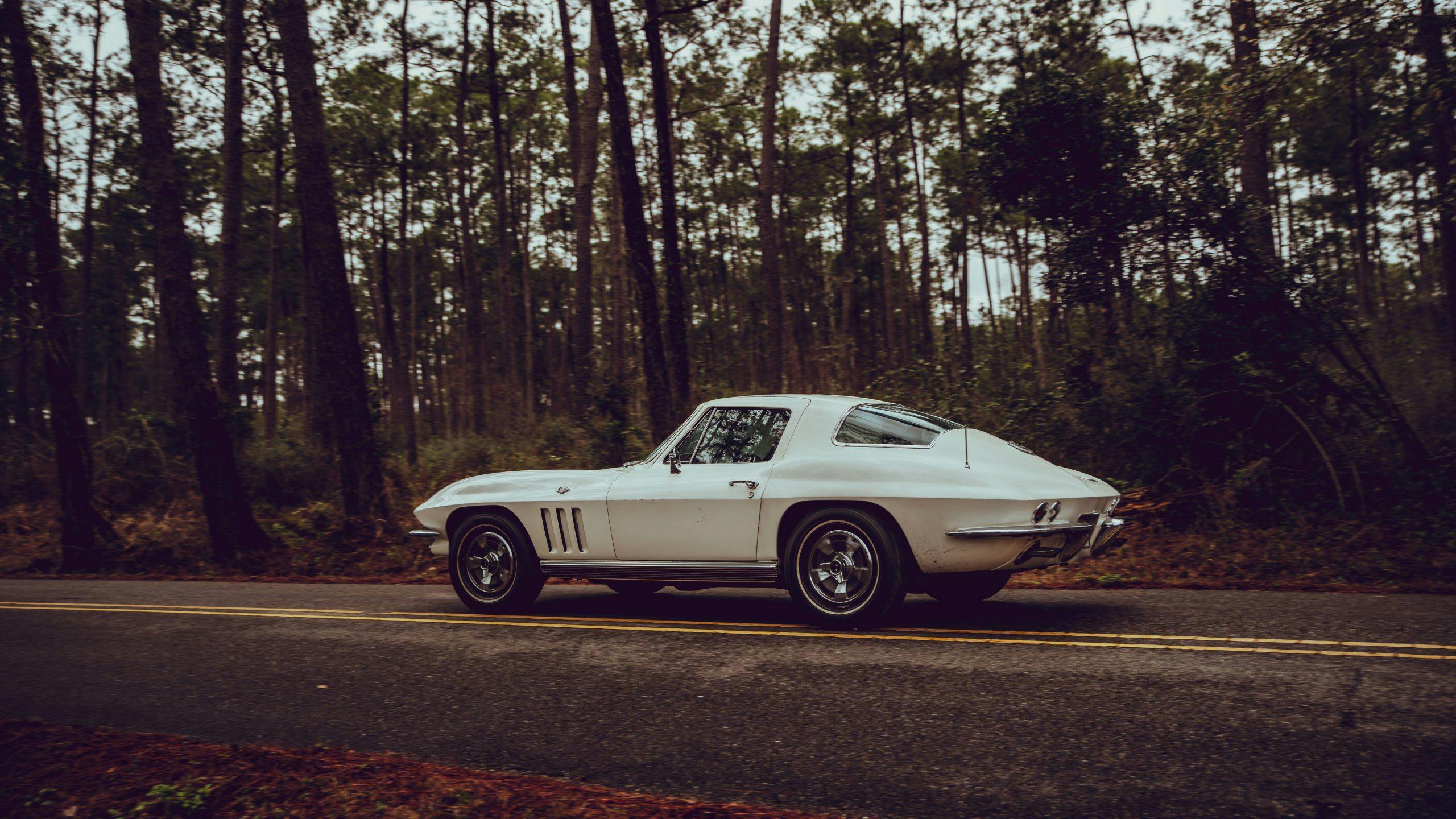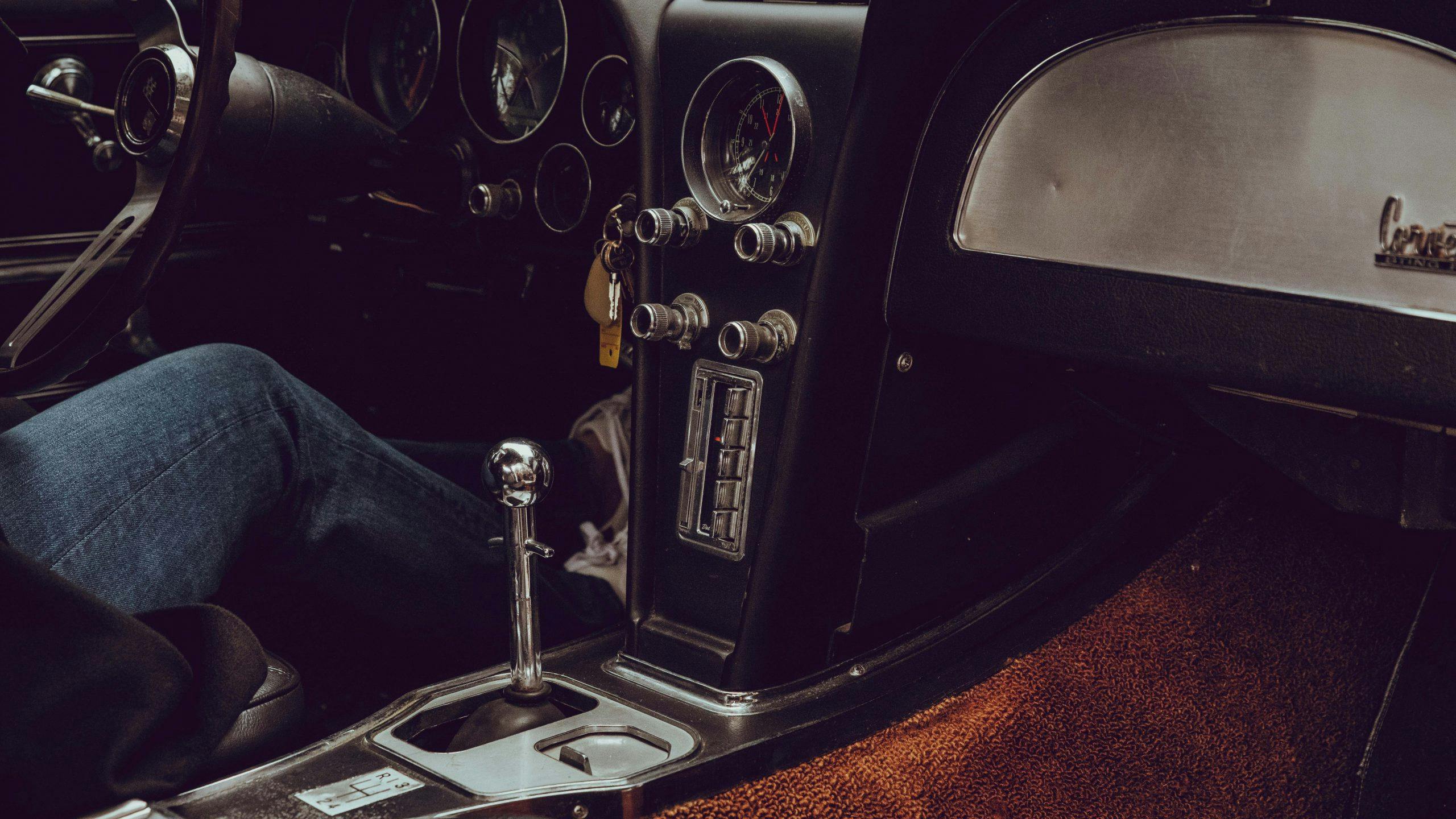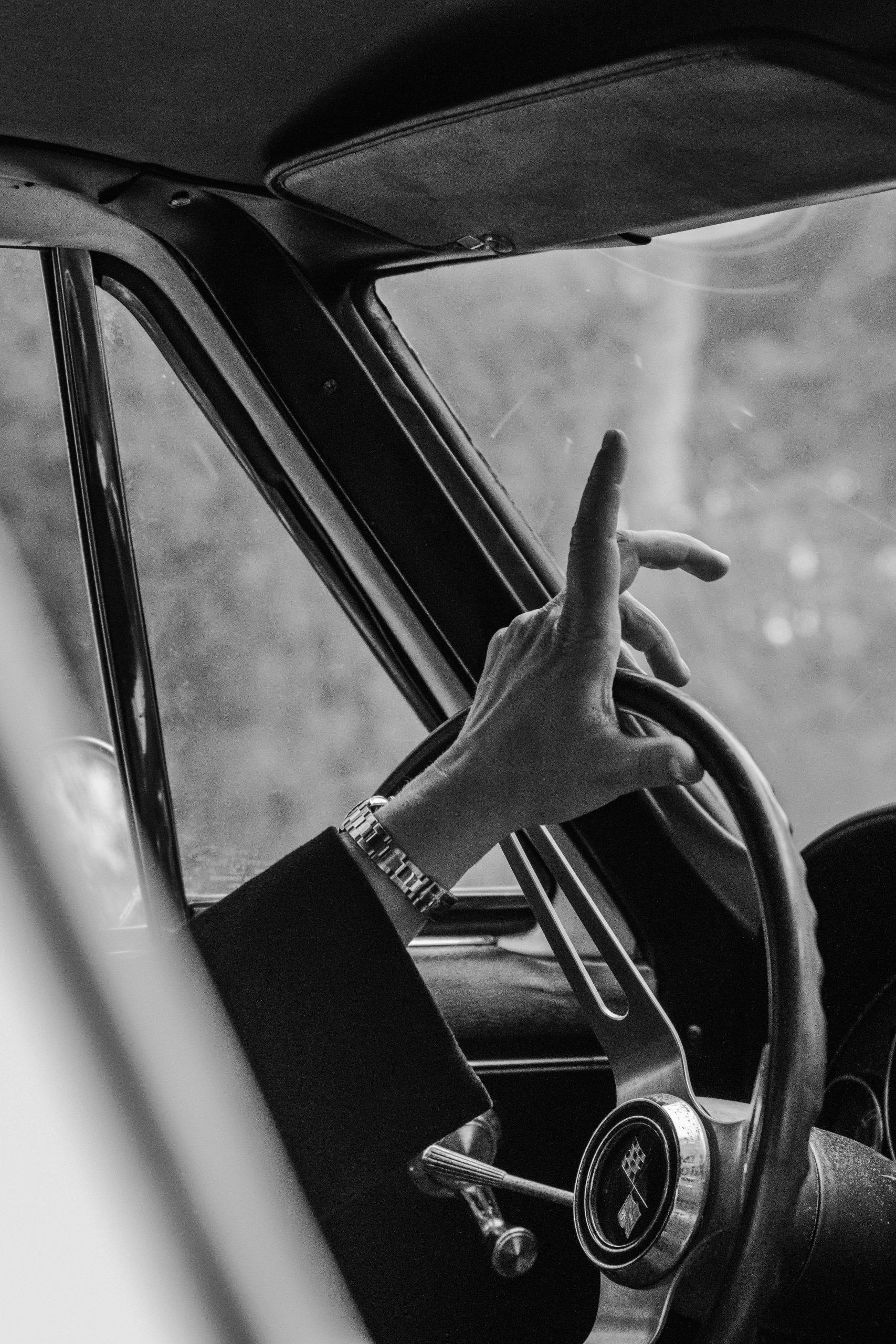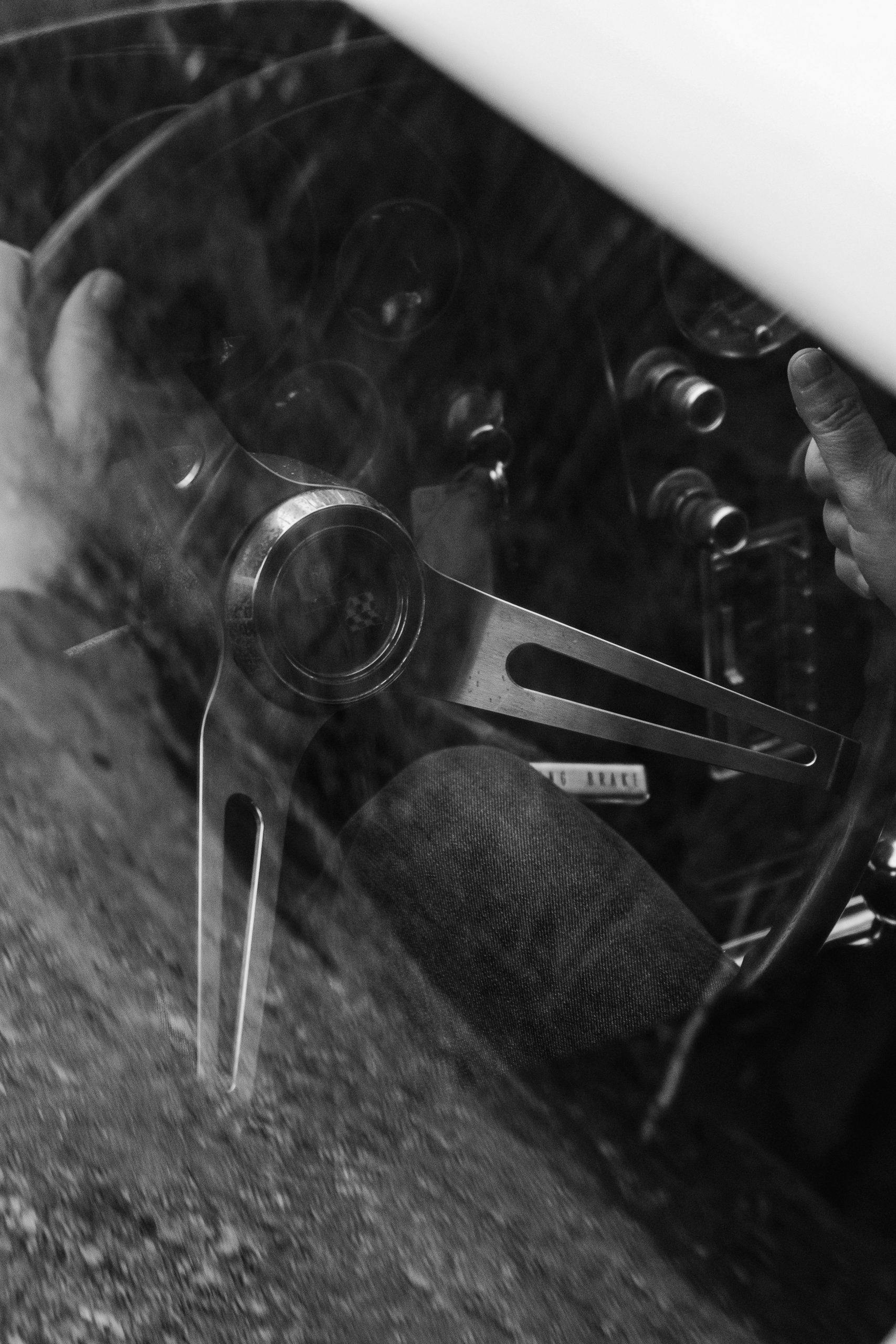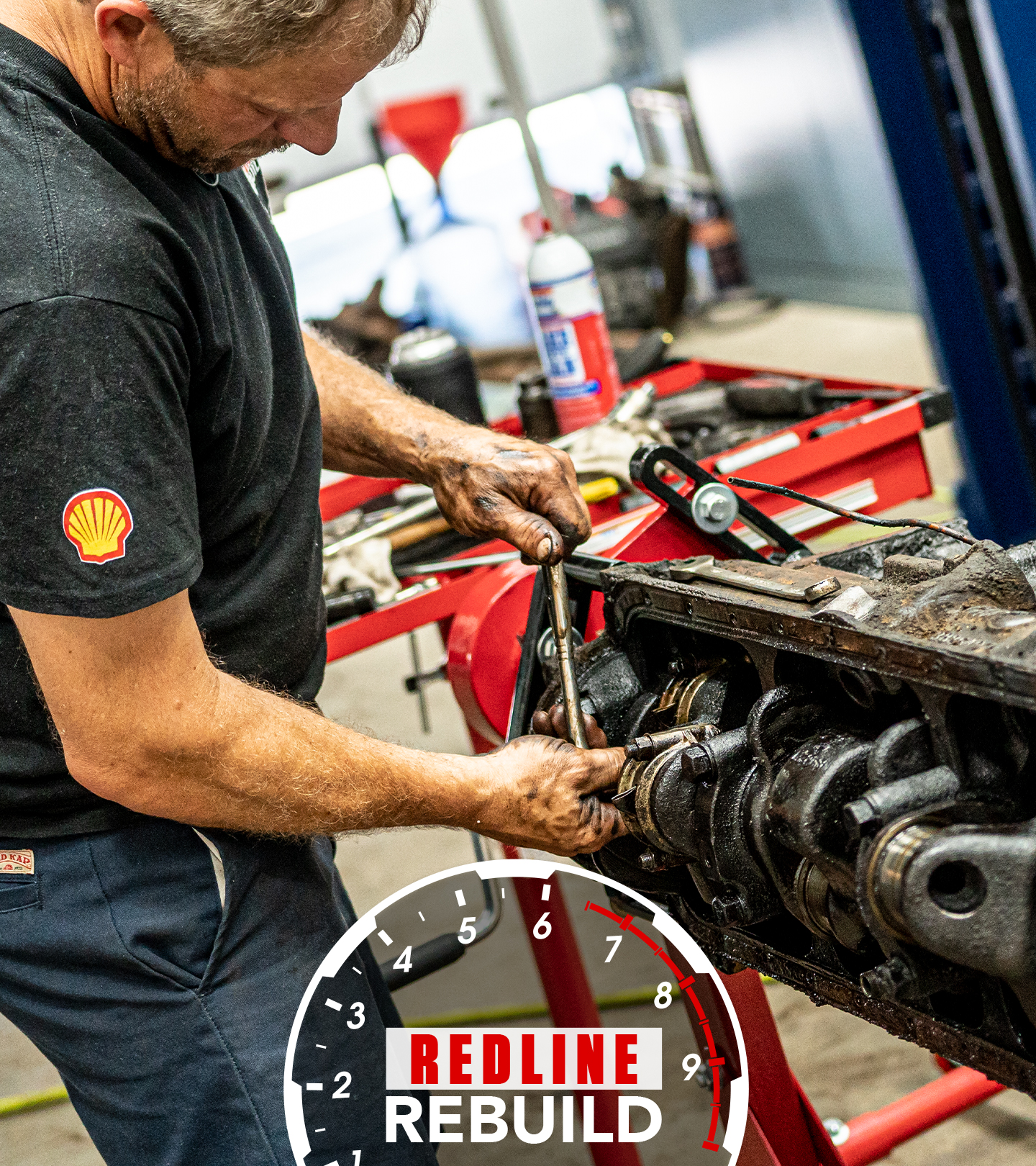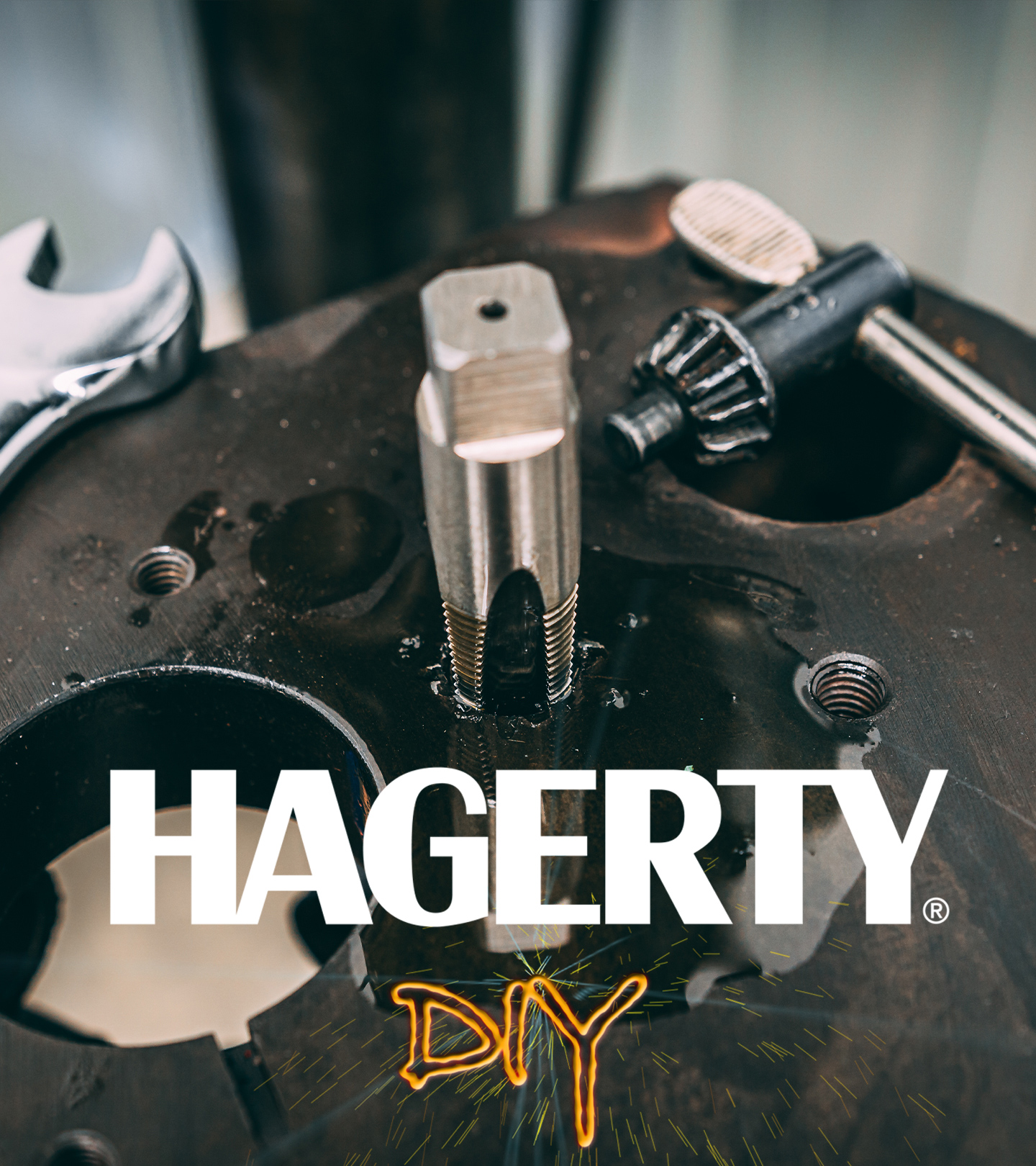Enjoy Chevrolet stories, opinion, and features from across the car world - Hagerty Media
As a child, Leslie Sisco was not aware that her family’s car ranks among the most beautiful American automotive designs ever executed. Nor would she have been interested that the car took its initial inspiration from an Alfa Romeo known as the Disco Volante. Leslie didn’t know, much less care, that the 19 year-old who penned the original sketch of the car would one day go on to win racing championships with the BRE Datsun team.
Young Sisco was more concerned with watching the world flicker past as she and her sister, on family road trips across the Deep South, laid under the greenhouse in the back of their dad’s 1966 Corvette Stingray.
Eventually, Leslie would also be very interested to learn that, because of this very Corvette, she had come close to never being born. Back in 1968, her father was a medical student who longed to own a Corvette. With a frugal wife in pharmacy school, however, this dream remained a luxury just out of reach—until, that is, Mr. Sisco’s wife left town for the weekend. In her absence, Mr. Sisco convinced his mother to co-sign on a loan that brought him a lightly-used, Ermine White 1966 Corvette.
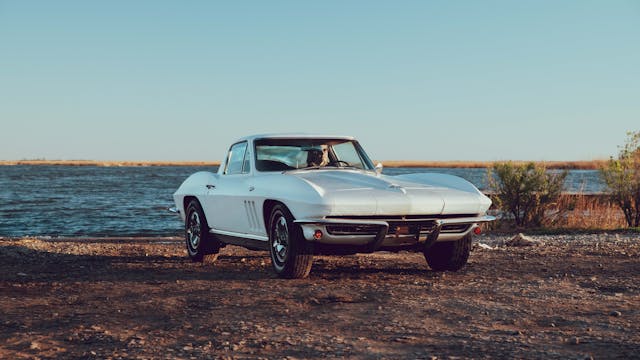
When Mrs. Sisco returned from her weekend away, she was surprised. Not pleasantly so, either.
“When Mom came home, she found herself the new owner of a Corvette,” says Leslie with a smile, “and Dad nearly found himself divorced.”
Peace eventually returned to the Sisco household. The Corvette stayed, serving as the family car and Mr. Sisco’s daily driver until well into the 1980s (at which point he replaced it with a DeLorean).
Leslie’s childhood memories are inextricably linked with this Corvette. These memories do not, however, involve seat belts or air conditioning. Like most parents in the 1970s, Leslie’s parents had something of a casual attitude toward safety when it came to stuffing their daughters into the back of the Corvette and setting out from Memphis to visit family elsewhere in Tennessee.
Standards of comfort were also different in the early 1970s. So long as the car was in motion, the airflow from the open windows kept the family in good spirits. At stoplights, however, the Corvette quickly turned into a sweltering hothouse in the Deep South summer.
Now, as she flips through old family photos, Leslie frequently sees the Corvette in the background. The white sports car was unmistakable at family picnics, at the golf course, and at her very own wedding. For nearly five decades, the Vette has simply been there, always present.
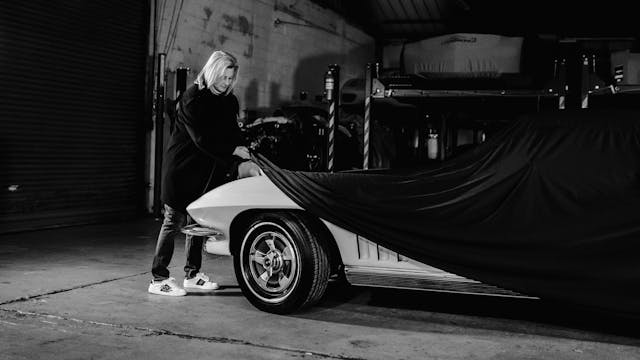
When Leslie’s father passed away in 2016, she took ownership of the car with every intention of honoring her father’s wishes to restore it. As time passed, however, she found herself reluctant to erase the car’s history. All those imperfections, all those marks of age and experience, are a record of her childhood and a connection to her father. To smooth out those creases would be to erase them. Leslie can point to spots on the car where her father used a little touch-up paint in an effort to spruce it over the years. She half-cringes when discussing the fiberglass that cracked when, upon returning with her dad from one of her first drives in the car, she accidentally left it in neutral and caused the car to roll backward into a wall.
And then there’s the smell.
“I probably like the smell the most,” says Leslie. “It’s a mixture between gas and vinyl and what I can only describe as the years of grass my dad tracked in there from the golf course. It’s just one more connection to him.”

The imperfections are also a form of permission to drive the car, to enjoy it. Keep it alive. These days the Corvette lives in New Orleans, where it helps Leslie forge new bonds with the local car community. It can regularly be spotted on Sunday morning drives out to Fort Pike or through the Big Branch Marsh. During these drives, Leslie feels her father’s presence most closely.
“My dad would be proud that I take it out and enjoy it because he definitely enjoyed it,” she says. “If I just kept it in a garage, that would be disappointing for him.”
For all she’s done to honor and respect the family Corvette, Leslie’s father would have every reason to be proud.

